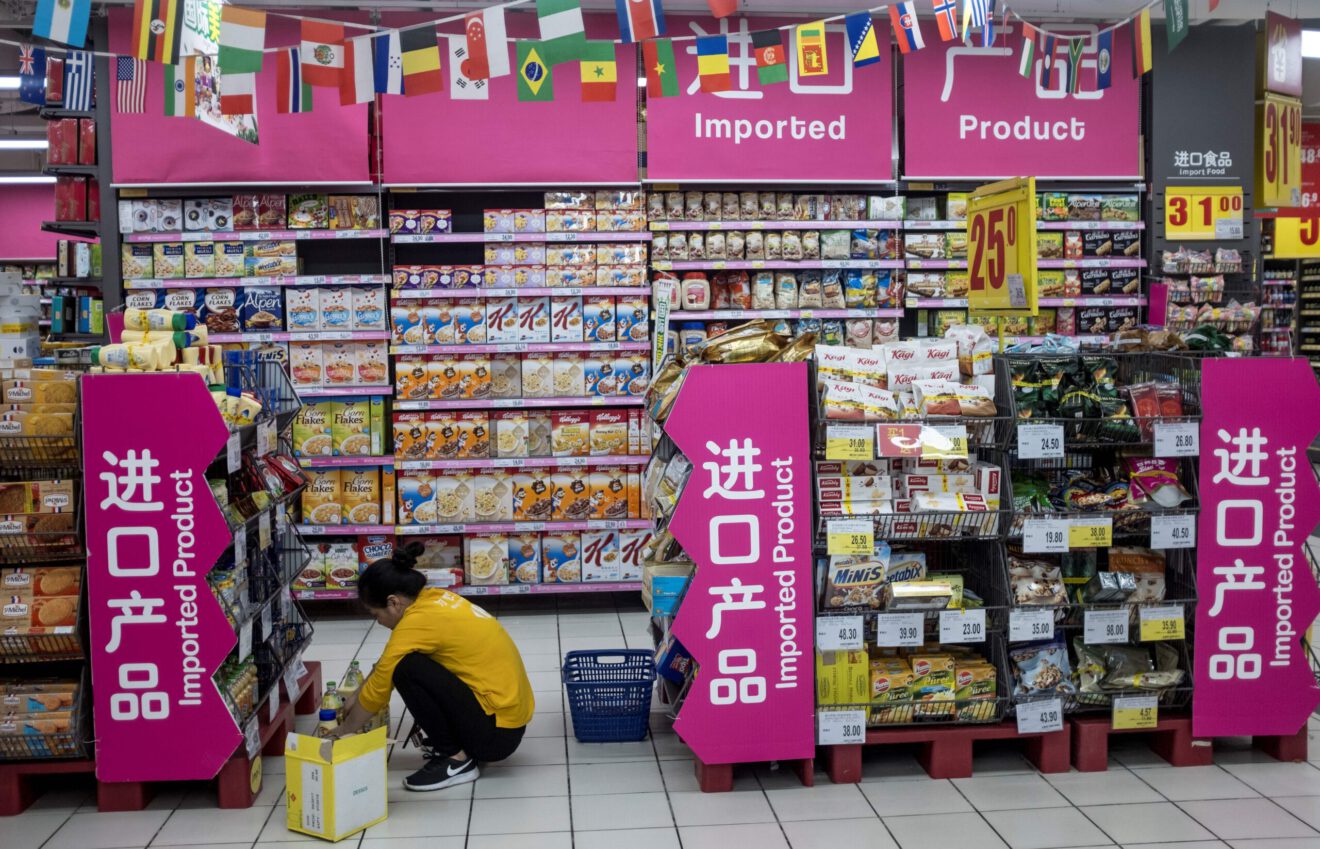American CPG firms are working to forge digital relationships with consumers to strengthen connections between brands and shoppers. Some 73% of Chinese consumers expect the impact of digital technology to be positive going forward, and they embrace its entry into their lives.
As these types of synergies continue to evolve, it could be a good idea to look at the CPG landscape in China, where brands are smoothly navigating the digital divide. Check out five areas where the Chinese are embracing digital technology to get a feel for how these tools can be injected into US CPG brands.
1. In-app advertising. Brands are capitalizing on the ubiquity of social apps in China, where consumers are receptive to in-app offers and ads. For example, WeChat has nearly a billion visitors each month, where users share content and chat with one another.
Chinese yogurt brand Le Pur, for instance, began allowing app users to buy its products, read content about the product and communicate with Le Pur staff members, Nikkei Asian Review reports. Within three years after launching, the yogurt brand had over 300,000 active users on its WeChat platform, where the company is able to quickly communicate new flavors and products to capture consumers’ attention quickly.
2. Embracing “new retail.” Chinese brands are smoothly navigating between brick-and-mortar and e-commerce, embracing tools like big data, digital marketing and high-tech logistics. Alibaba founder Jack Ma refers to this as “new retail,” and consumers in the country are toggling between in-app grocery purchases, at-home food delivery and digital payment programs.
Currently, return on investment for digital marketing programs is 19% in China, which makes it the top marketing channel in the nation, Nielsen reports. “Online advertising investment, combined with offline ad operation, will continue to generate even greater engagement with the consumer,” Nielsen said.
3. Ultra-convenient packaging. Brands in China are also optimizing packaging, not only to make products simpler for e-commerce shipping, but also to boost consumer appeal. Chinese shoppers appear to be drawn to smaller packaging that contains fresher foods and beverages, and one international firm is capitalizing on that.
New Zealand’s Rockit brought smaller-than-average sweet apples to China in tube-style packaging so Chinese consumers can store them upright in their smaller refrigerators. Rockit’s products are selling at a price up to four times that of traditional loose apples, and the firm’s sales grew 300% in China over a three year period, Forbes reports.
4. Digital freebies. Because Chinese consumers are open to communicating with brands via apps, some CPG firms are offering free products directly to consumers through digital platforms. Consumers who log into Chinese social e-commerce app Pinduoduo have access to a variety of free offers.
For instance, users of the app who refer one friend can win a box of candy. If they refer nine friends, they’ll get snack nuts from the brand Three Squirrels. Users can also download branded coupons and other offers directly through the app, writes WalkTheChat.
5. Customer-to-business innovations. Chinese brands glean consumer insights from digital interactions and use the resulting data to determine their product development plans. In its analysis of this trend in China, Boston Consulting Group dubbed it “customer-to-business (C2B) innovation.”
Because Chinese firms closely monitor consumers’ online behavior, they can swiftly create new products that meet the needs of consumers and distribute them through a small number of channels, BCG reports. Those products that perform well in the sample channels are scaled quickly, and the underperformers are eliminated, allowing companies to launch items in a matter of a few weeks.
_______________________________________
If you enjoyed this article, sign up for GMA SmartBrief to get news like this in your inbox, or check out all of SmartBrief’s food and travel newsletters as we offer more than 30 newsletters covering the food and travel industries from restaurants, food retail and food manufacturing to business travel, the airline and hotel industries and gaming.
